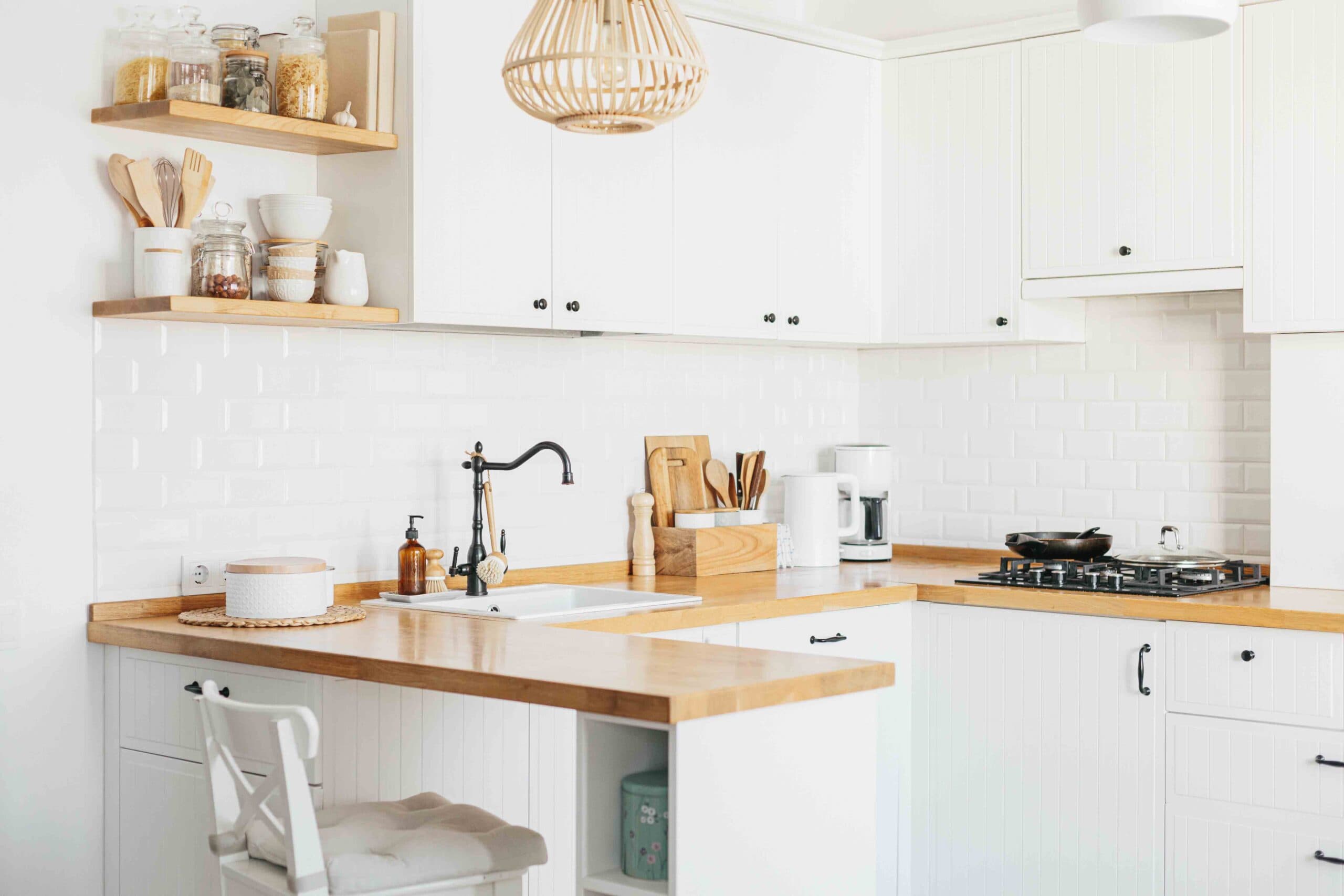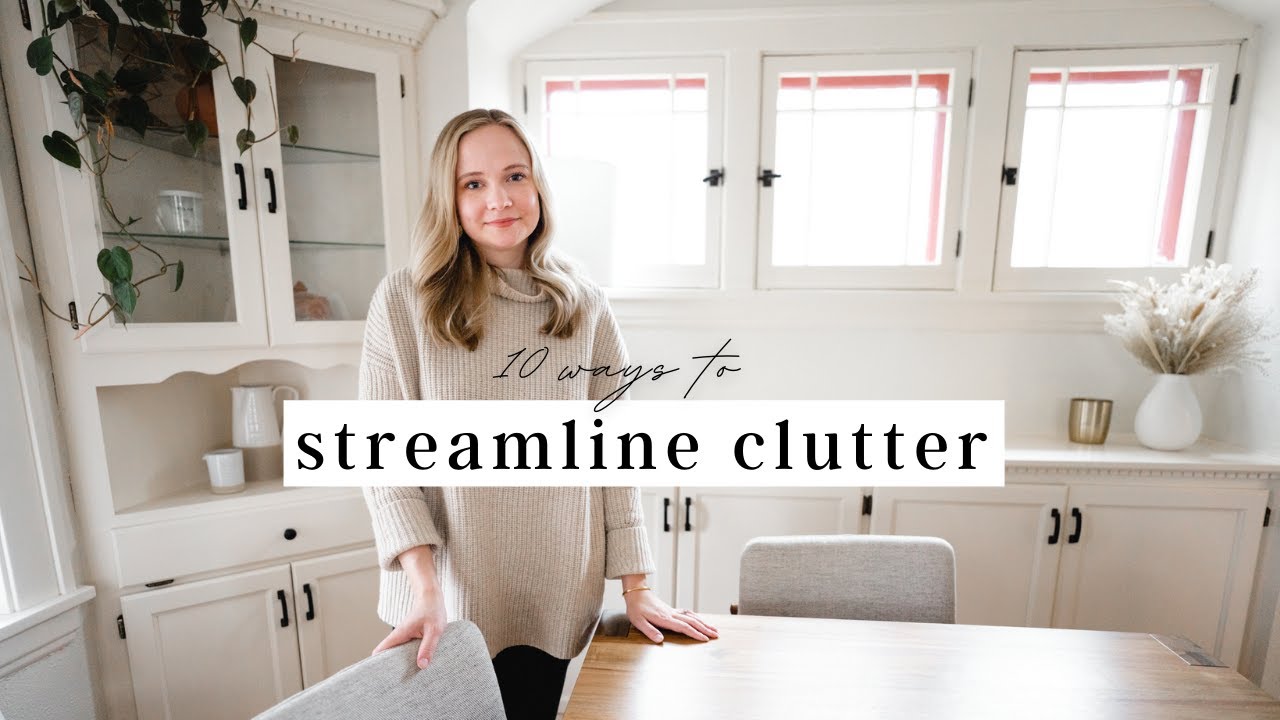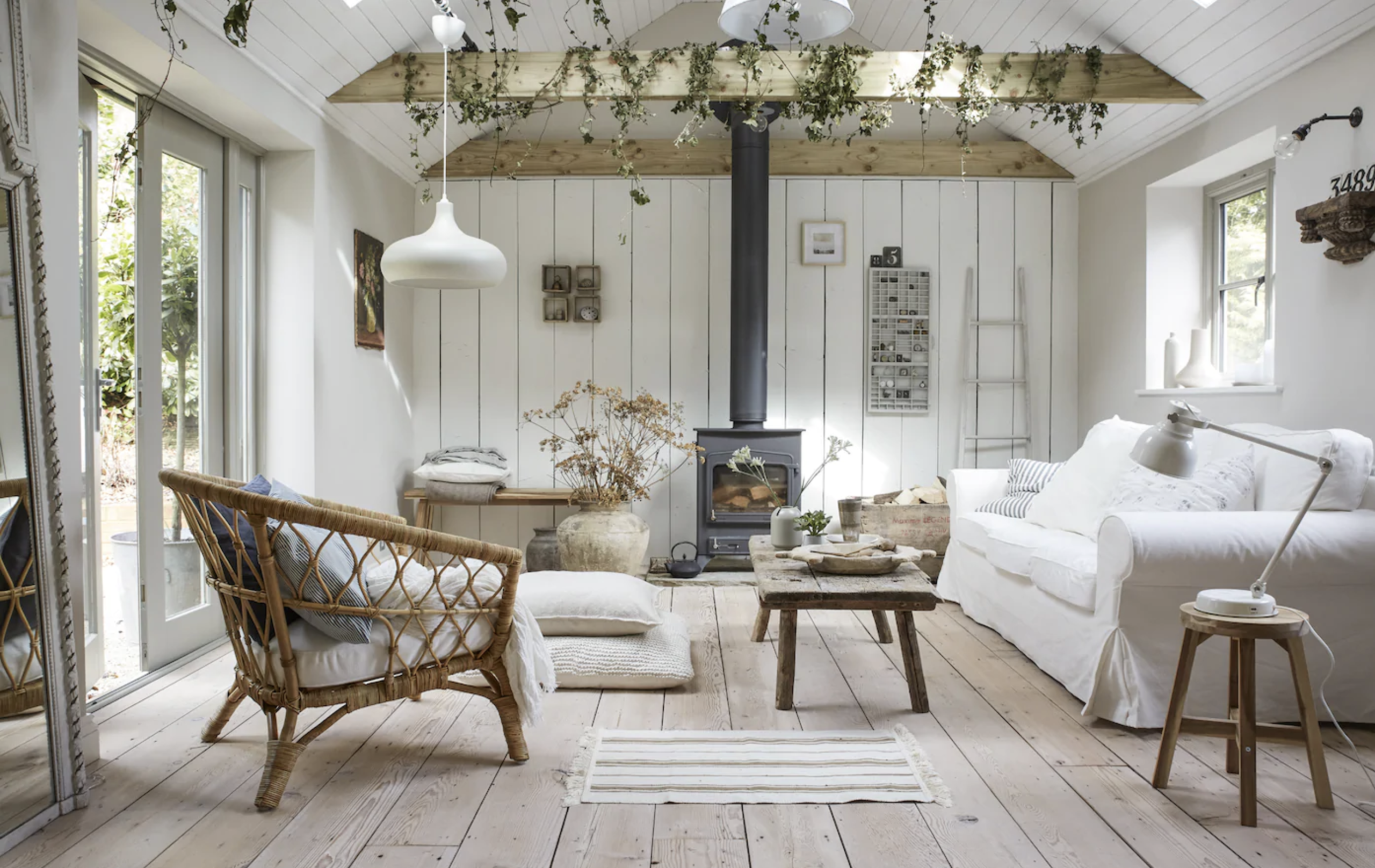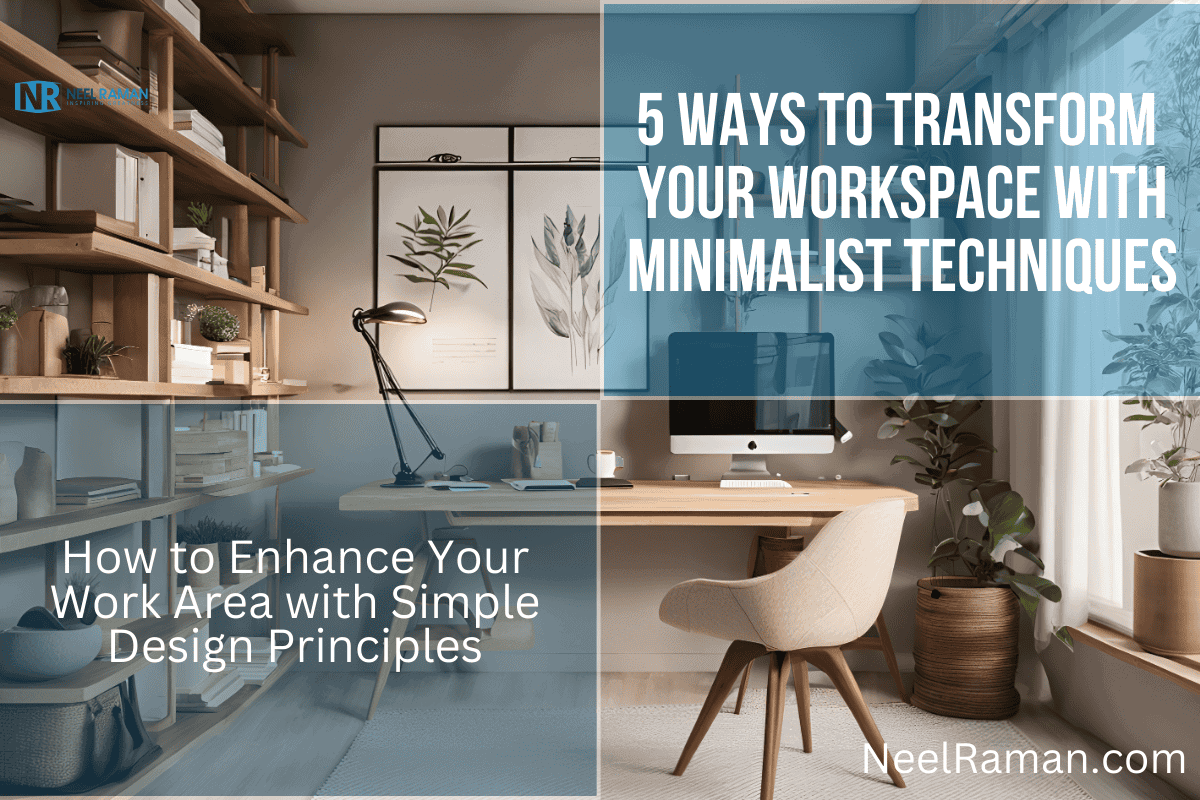Minimalism and Sustainability: The Role of Interior Design in Creating Ecological Spaces

Embracing Simplicity and Sustainability
With the rapid pace of contemporary life, many are realizing that embracing minimalism in interior design not only creates visually appealing spaces but also aligns with growing environmental concerns. In a world increasingly troubled by climate change and resource depletion, merging minimalist aesthetics with sustainability offers a promising path forward. This synergistic approach leads to spaces that are both functional and environmentally responsible, enabling individuals to express their values through their living environments.
The Key Benefits of Minimalist Design
- Reduces Waste: One of the most significant advantages of minimalist design is its inherent focus on fewer possessions. By prioritizing what truly matters, individuals can drastically reduce clutter—thereby minimizing waste. This principle not only aids personal well-being but also contributes positively to environmental health. For example, a study by the National Association of Home Builders revealed that homes have grown increasingly cluttered with unnecessary items, leading to more waste sent to landfills.
- Promotes Energy Efficiency: Minimalist interiors often feature open spaces and large windows that allow for natural light to permeate, greatly reducing the need for artificial lighting. This simplicity in design reduces energy consumption, as demonstrated by homes designed to maximize passive solar heating. Such designs can decrease utility costs while also promoting environmental sustainability, making them a win-win for homeowners.
- Encourages Mindfulness: Emphasizing quality over quantity is a foundational tenet of minimalism. Choosing to invest in fewer, high-quality items nurtures a greater appreciation for craftsmanship and functionality. Research published in the Journal of Environmental Psychology shows that environments with less clutter promote better mental well-being, making spaces more conducive to relaxation and creativity.
Incorporating ecological spaces into our daily lives goes beyond mere aesthetics—it profoundly impacts our overall well-being. As designers and homeowners explore sustainable practices, several key elements emerge:
- Use of Sustainable Materials: Select materials such as reclaimed wood, bamboo, and recycled metals, which further lower the carbon footprint of the living space. For instance, using reclaimed wood not only preserves forests but also adds unique charm to home interiors, as no two pieces are alike.
- Smart Space Planning: Thoughtful layouts can significantly enhance the functionality of a home. By optimizing space with multipurpose furniture, such as extendable dining tables or storage ottomans, homeowners can minimize clutter and unnecessary purchases, emphasizing sustainability.
- Biophilic Design: This innovative approach integrates nature into indoor spaces, which can improve air quality and foster a calming atmosphere. Whether through indoor plants, green walls, or strategically placed windows for natural views, biophilic design not only beautifies spaces but also supports mental health.
As you delve deeper into the convergence of minimalism and sustainability, you’ll uncover numerous strategies and principles that can inspire positive transformations within your own living spaces. By making deliberate design choices, we can cultivate environments that not only express our aesthetic sensibilities but also reflect our commitment to ecological stewardship—creating homes that are as nurturing to the planet as they are to ourselves.
DISCOVER MORE: Click here to dive deeper
Principles of Minimalist Interior Design for Sustainable Living
As the world grapples with pressing environmental challenges, interior design emerges as a powerful tool for fostering sustainability. By embracing minimalist principles, individuals can transform their spaces into ecological havens while promoting a lifestyle centered on conscious consumerism. The intersection of minimalism and sustainability is not merely a trend; it reflects a growing awareness of our impact on the planet.

The Role of Interior Design in Promoting Ecological Awareness
Interior design plays a crucial role in influencing how we interact with our environments and our resources. Incorporating minimalist design can lead to a profound transformation, encouraging eco-friendly practices in daily life. Consider the following critical aspects that highlight the synergy between minimalism and sustainability in interior design:
- Waste Reduction: At the heart of minimalist design is the commitment to reducing excess. By choosing fewer, high-quality furnishings and decor, homeowners not only minimize waste but also encourage a shift towards durability over disposability. This approach can significantly decrease the demand for fast fashion and disposable items that contribute to the landfill crisis.
- Quality over Quantity: Investing in fewer items of higher quality promotes a mindful lifestyle. For example, selecting artisanal, sustainably-made furniture not only supports local craftsmen but also ensures longevity. When these items are designed to last, they mitigate the cycle of frequent replacement that burdens both consumers and the environment.
- Space Efficiency: Thoughtful spatial planning is paramount in creating functional interiors that emphasize efficiency. Utilizing multifunctional furniture, such as a sleek sofa bed or a collapsible dining table, maximizes living potential while minimizing the need for excessive furnishings. This approach not only conserves resources but also aligns with the minimalist ethos of simplicity.
As we redefine our spaces through the lens of minimalism and sustainability, it becomes evident that interior design is more than just about aesthetics—it is a reflection of our values and choices as stewards of the planet. These principles can lead not only to a more enjoyable living experience but also to measurable reductions in environmental impact.
Integrating Efficient Practices in Everyday Life
Embracing minimalism and sustainability doesn’t just transform interiors; it fosters a lifestyle rooted in responsibility and awareness. By making intentional design choices, we set a precedent for future generations about how living sustainably can enhance both personal wellbeing and environmental health. Whether through the use of innovative materials or thoughtful organization, these changes hold the potential to inspire a broader movement towards ecological integrity in interior spaces.
| Advantages of Minimalism | Sustainability Benefits |
|---|---|
| Reduces Waste | Minimizing excess consumption leads to less waste and fewer resources needed. |
| Improves Well-Being | Creating serene and uncluttered spaces can enhance mental health. |
In today’s fast-paced world, both minimalism and sustainability are emerging as essential principles in interior design, shaping our cozy living spaces into ecological havens. The integration of minimalism facilitates a purposeful approach to space management while embracing the ethos of “less is more”. By reducing waste, homeowners not only lessen their environmental footprint but also simplify their lives, steering away from the distractions of clutter. Moreover, this design principle encourages the use of multi-functional furniture, which can significantly contribute to both aesthetic appeal and practicality. In parallel, sustainability redefines the essence of the materials used in home decor and architecture. Selecting eco-friendly materials, such as reclaimed wood and recycled metals, demonstrates a commitment to our planet’s preservation. The role of interior design extends beyond mere aesthetics; it endorses a lifestyle that prioritizes ecological concerns while offering tangible benefits, such as improved air quality and enhanced mental well-being. Through these principles, designers play a pivotal role in the movement toward creating not just beautiful, but also sustainable living spaces. This dialogue between minimalism and sustainability invites further exploration into how interspersing these concepts can revolutionize our environments for the better.
DISCOVER MORE: Click here to find out how
Creating Eco-Friendly Environments through Thoughtful Design Choices
The integration of minimalism and sustainability in interior design paves the way for ecological spaces that foster both mental clarity and environmental stewardship. These spaces not only enhance personal well-being but also contribute to a healthier planet. By implementing innovative practices in interior environments, designers can further the conversation around sustainability and promote a lifestyle that values simplicity and conscious living.
Choosing Sustainable Materials
One of the most effective ways to blend minimalism with sustainability in interior design is through the deliberate selection of materials. Natural, renewable resources such as bamboo, reclaimed wood, and cork serve as excellent alternatives to conventional materials that often come with a heavy carbon footprint. For instance, bamboo grows rapidly and can be harvested without harming the ecosystem, making it a prime candidate for flooring and furniture. Such materials not only reduce environmental impact but also infuse spaces with a timeless aesthetic that resonates with minimalist principles.
Beyond the aesthetics, it’s crucial to consider the lifecycle of materials used in interiors. Engaging with manufacturers who prioritize sustainable practices—such as using low-VOC paints or certified organic textiles—ensures that both the home and its inhabitants are shielded from harmful chemicals typically found in household items. By prioritizing sustainable design, homeowners contribute to a larger ripple effect that encourages industries to adopt more eco-conscious methods.
Biophilic Design as a Pillar of Sustainability
Another compelling avenue for incorporating minimalism into sustainable interior design is through biophilic design, which emphasizes the connection between nature and the built environment. Integrating elements such as living walls, natural light, and indoor plants not only enhances air quality but also promotes mental well-being. Research has shown that exposure to natural elements can reduce stress and increase productivity, making it an indispensable aspect of modern interiors. Moreover, the inclusion of greenery aligns perfectly with minimalistic aesthetics, highlighting the idea that simplicity can coexist with vitality.
In practical terms, a minimalist approach to biophilic design can include strategically placed potted plants or low-maintenance greenery. For example, succulents or snake plants are excellent choices for those seeking low upkeep while still benefitting from the air-purifying qualities of plants. This reciprocity between living elements and thoughtful design encapsulates the essence of an ecological space.
The Importance of Local Sourcing
Another key area where interior design can drive sustainability is through local sourcing. By opting for locally-made furnishings and decor, consumers not only support regional artisans but also significantly cut down on transportation emissions associated with shipping. Furthermore, local products often adhere to regional environmental standards, which may be more stringent than those of imported goods.
Local sourcing is a significant step in creating ecological spaces that resonate with the values of minimalism—promoting a simplified life that respects ecological balance. It encourages a culture of smaller-scale production where the emphasis is placed on quality rather than quantity, elevating the entire community in terms of sustainability. Taking it a step further, incorporating locally crafted art or furnishings into a minimalist interior allows for personalization while simultaneously showcasing regional talent.
Through a combination of sustainable materials, biophilic elements, and local sourcing, designers can create strikingly beautiful interiors that embody the principles of minimalism while championing ecological responsibility. Each choice contributes to a sustainable future, proving that simplicity is not only aesthetically pleasing but deeply impactful.
DIVE DEEPER: Click here to discover more tips
Conclusion
The intersection of minimalism and sustainability in interior design represents a paradigm shift towards creating ecological spaces that prioritize both aesthetic simplicity and environmental responsibility. As we face increasing ecological challenges, the role of interior design becomes crucial in helping individuals lead more sustainable lifestyles. By consciously selecting sustainable materials, embracing biophilic design principles, and advocating for local sourcing, designers can forge spaces that not only enhance the quality of life for inhabitants but also tread lightly on the planet.
Moreover, minimalism encourages a thoughtful approach to consumption and living—promoting the idea that less truly can be more. It pushes us to curate our environments, focusing on the essentials that bring us joy while eliminating wasteful excess. This philosophy, when paired with sustainable practices, fosters a culture of mindfulness and ecological stewardship.
As we navigate this evolving design landscape, it is imperative for both designers and consumers to recognize the far-reaching impacts of their choices. The journey towards more sustainable interior environments is not a solitary one; it is a collective effort that can inspire communities and elevate the conversation around sustainability in our everyday lives. By embracing minimalist ideals within the framework of ecological responsibility, we can actively participate in shaping spaces that are not just visually appealing but also harmoniously aligned with the well-being of our planet. As we move forward, let us commit to designing environments that reflect our values and protect the earth for future generations.


